India’s power industry is now facing tremendous growth and transformation. The country’s growing economy and accelerated urbanization are fueling an unprecedented rise in electricity demand. At the same time, India has made ambitious plans to roll out renewable energy, aiming to tap a significant percentage of its energy mix from clean energy sources such as solar and wind. This combined path of rising demand and increasing dependence on intermittent renewable sources poses a distinct set of challenges and opportunities for the power infrastructure. Among them are ensuring the grid’s stability, efficiently handling peak electricity, and smoothly incorporating the fluctuating output of the renewable energy sources into the grid. These challenges can hinder the effective use of power resources and possibly hamper the shift to a sustainable energy future. Vehicle-to-Grid (V2G) technology, in this regard, has come forth as a viable solution that has the potential to overcome these urgent challenges and strengthen the flexibility and resilience of India’s power grid.
By facilitating two-way energy flow between electric cars and the electricity grid, V2G presents a new energy storage and grid management method. This report has sought to offer an extensive study of V2G technology and its prospects of transforming India’s power sector, delving into its functioning mechanisms, advantages, drawbacks, existing initiatives, policy framework, financial implications, and future opportunities.
Understanding Vehicle-to-Grid (V2G) Technology
Vehicle-to-Grid (V2G) technology is a new kind of system that enables electric vehicles (EVs) not just to take energy from the electricity grid for charging but also to feed energy back into the grid when it is required. This two-way flow of energy is the basic property that makes V2G different from traditional EV charging, which is a one-way flow of electricity from the grid to the vehicle.
The functionality of V2G technology depends on an advanced infrastructure with bidirectional charging stations and resilient communication protocols. Bidirectional chargers are needed as they allow for the transfer of the direct current (DC) in the EV battery into alternating current (AC) appropriate for the power grid, and the reverse processIn addition, smart charging systems and reliable communication networks play essential roles in efficient charging and discharging coordination to provide energy to or take energy from the grid at appropriate times, depending on grid demand and user choice.
It is essential to distinguish V2G from a variety of related notions in the broader context of electric mobility and smart grids:
- V2H technology can make an EV battery power an entire residential complex, usually when there is an electricity outage, or to use available energy for household usage.
- V2B continues the idea into commercial or large residential buildings to tap into the power supply from EVs.
- Vehicle-to-Load (V2L) describes the ability of an EV battery to supply external appliances, equipment, or other devices beyond those in the vehicle itself.
- V1G (Smart Charging), or unidirectional managed charging, targets optimization of EV charging timing and rate to coordinate with grid conditions, like charging when electricity is lower cost during off-peak times.
- V2X (Vehicle-to-Everything) is a catch-all term referring to all communication and energy exchanges between vehicles and other things, including V2G, V2H, V2B, V2L, Vehicle-to-Vehicle (V2V), and even Vehicle-to-Pedestrian (V2P) interactions.
By understanding these definitions, it becomes clear that V2G technology is particularly dedicated to the interaction between electric cars and the electrical grid to serve as support for grid stability, peak demand, and renewable integration.
The State of India’s Power Sector: Challenges and Opportunities
India’s electricity generation mix is diversified, with a large part still dependent on thermal power, mostly coal, to fulfill its energy requirements. Nevertheless, there is an increasing focus on increasing the share of renewable energy sources to fulfill cleaner energy objectives. This blend of conventional and new energy sources has both stability and intermittency issues that can be addressed by V2G technology.
Some of the most pressing challenges in India’s power sector at present are:
- Grid Instability: Regulating the grid frequency and voltage in a stable condition is getting tougher with the increasing grid incorporation of intermittent renewable sources such as solar and wind. India has a tight band of 49.90 Hz to 50.05 Hz, so even slight fluctuations in the grid make it prone to instability. Cases of grid frequency deviations beyond regulatory thresholds and the curtailment of accessible renewable energy owing to grid congestion have been witnessed. The intrinsic variability of solar and wind power, which is weather-dependent, brings in uncertainty that tests the grid’s capability to sustain a stable frequency.
- Peak Demand Management: Managing the peak in electricity demand during peak hours, particularly during hot summer days when cooling demand increases, is a major challenge. The nation has seen record peak demands, and this emphasizes the need for flexible resources to address these short-term but critical periods of high usage. Historically, utilities use the practice of firing up costly and usually less clean power plants to meet these peak loads, which can raise the overall price of electricity.
- Integration of Renewable Energy Sources: Integrating variable renewable energy (VRE) at large scales into the current grid infrastructure is very challenging. The intermittent nature of renewable energy, where solar power is only available during the day and wind power is wind-speed dependent, requires strong energy storage mechanisms to provide a stable power supply. Precise prediction of generation from these sources also continues to be a challenge, making grid management even more difficult.
- Financial Well-being of Distribution Companies (DISCOMs): The financial health of DISCOMs is a concern, affecting their ability to invest in the required grid modernization and implement new innovative technologies such as V2G. DISCOMs that lose money tend to have limited resources to spend on upgrades and new initiatives, which can prevent the mass implementation of state-of-the-art grid solutions.
Despite such difficulties, there has been a recognition of power sector reforms, especially with more emphasis being laid on grid modernization and the use of smart grid technologies. This focus on making the power system more efficient and flexible allows for a fertile ground for the adoption and incorporation of V2G technology.
4. Potential Benefits of V2G Technology for India’s Power Sector
V2G technology has the potential to solve India’s power industry challenges and unlock great gains:
- Grid Stabilization: EVs with V2G capability can supply vital grid stabilization serviceThey can inject or withdraw power quickly using their batteries, providing frequency regulation to balance the grid’s fine margin. They can also provide voltage support through injecting reactive power to hold voltage at constant levels, avoid damage to equipment, and ensure reliable power transmission. In addition, aggregated EVs engaged in V2G can serve as spinning reserves and offer instant backup power in the event of a sudden generation outage. The high response rate of EV batteries also makes them most suitable for rendering these essential grid support services.
- Peak Load Shaving: Peak load shaving is a significant function that can be performed by V2G technology through the use of EVs to drain their batteries during times of peak electricity usage. This takes pressure off the power grid during these peak hours and can reduce the need to operate costly and sometimes dirty peak power plants. By tapping into the distributed storage capacity of EVs, V2G can also help flatten the aggregate demand curve, resulting in a more efficient and cost-effective electricity system.
- Distributed Energy Storage: V2G converts EVs into rolling energy storage devices, offering a significant aggregated storage capacity through the collective batteries of many connected cars. This has the potential to eliminate the requirement for significant investments in purpose-built grid-scale battery storage systems. EVs can also be used as backup power supplies during grid disruptions, adding energy resilience.
- Renewable Energy Integration: V2G plays a crucial role in facilitating the integration of intermittent renewable energy sources like solar and wind. EVs can store excess renewable energy generated during peak production periods and release it back to the grid when generation is low and demand is high. This can help reduce the curtailment of valuable renewable energy resources, maximizing their utilization and supporting the transition to a cleaner energy mix.
Challenges and Barriers to the Adoption of V2G in India
While there is significant potential for V2G technology, there are several challenges and barriers that have to be overcome for its large-scale adoption in India:
- Limited Number of V2G-Ready Vehicles: As of now, the Indian market does not have a wide range of electric vehicles that are fitted with the required bidirectional charging capabilities for V2G. The lack of easily available V2G-ready vehicles is a major limitation on the technology’s immediate deployment and scalability.
- Need for Enhanced and Unified Charging Infrastructure: For V2G to be successfully adopted, there is a great need for the enhancement of the present charging infrastructure, such as the deployment of bidirectional chargers. The latter are at present more costly than unidirectional chargers. Besides, standardization of connector types beyond the existing usage of CHAdeMO for V2G, including more dominant standards such as CCS, is essential for mass adoption.
- Grid Modernization: India’s current power grid infrastructure in most areas might need extensive modernization to sustainably accommodate the bidirectional energy exchange and communications requirements of V2G technology. The use of smart grid technologies and sophisticated grid management systems is needed to support the intricacies of power flow management in both directions and sync with a vast number of EVs.
- Consumer Acceptance and Awareness: Building consumer confidence and promoting participation in V2G schemes involves relieving concerns regarding possible battery degradation through repeated charge and discharge cycles. Informing consumers regarding the long-term advantages of V2G, such as possible savings on costs and adding to grid robustness, is critical. Incorporating measures to alleviate battery wear fears, e.g., through making discharge limits adjustable, can also promote confidence-building.
- Regulatory and Policy Barriers: A transparent and facilitative regulatory environment is essential to encourage investment and engagement in V2G schemes. This involves creating new tariff regulations and compensation schemes that properly capture the value of V2G services, and simplifying grid access procedures for V2G-capable EVs and chargers. Standardization initiatives are also essential to facilitate the smooth integration and interoperability of various EV models and charging infrastructure.
Pilot Projects and Initiatives Currently in Progress
Though V2G technology is yet to take off in India, some positive pilot projects and initiatives are in progress:
- Sheru and BRPL Pilot Project: Sheru, an energy software firm, is creating India’s first V2G bidirectional battery-swapping system along with BRPL. The purpose behind this initiative is to achieve parity of demand in the grid during peak time, as well as meet the rising need for solutions for storing energy with more penetration from renewables.
- V2G Field Trials at IIT Bombay: IIT Bombay has two V2G field demonstrations underway to demonstrate the technology and determine challenges in implementing it in the Indian EV ecosystem. The trials are placed on V2G, V2H, and V2V applications to realize the power and energy exchange between EVs, solar energy-fed smart homes, and the grid.
- MoU between ISGF and Tata Power DDL: Tata Power Delhi Distribution Limited (TPDDL) has entered into a Memorandum of Understanding (MoU) with the India Smart Grid Forum (ISGF) to work together on a Vehicle-to-Grid (V2G) Technology Demonstration Project. The pilot project aims to demonstrate the basics of how EVs can engage with the grid, investigate their potential to offer critical grid services such as frequency and voltage support, and experiment with their feasibility as backup power sources.
Learning from global experiences is important for India’s V2G journey. Several countries with similar power sector characteristics or high levels of renewable energy penetration have been actively investigating V2G. For example, Denmark has been at the forefront, hosting early successful V2G demonstrations and the world’s first commercial V2G project. The United Kingdom has also been a key driver of V2G development, with many pilot projects and enabling policies. The Netherlands has implemented several V2G pilots, concentrating on integrating EVs with renewable energy sources.
China has just initiated large-scale V2G pilot projects in several cities, supported by national-level backing. Significantly, certain pilot initiatives, both within India and across the world, have been aimed at electric school buses because of their high battery size and routine usage patterns.
Policy and Regulatory Environment for V2G in India.
The regulatory and policy environment in India for electric vehicles, as well as grid integration, is rapidly changing. The Central Electricity Authority (CEA) and the Ministry of Power have released standards and guidelines for EV charging infrastructure to enable the quicker adoption of electric vehicles. NITI Aayog has also played an active role in the faster adoption of EVs and the establishment of charging infrastructure all over the nation. The Faster Adoption and Manufacturing of Electric Vehicles (FAME) program has offered demand-side incentives to push the adoption of EVs. Though the policy environment at present is favorably inclined towards the adoption of EVs as well as their supporting infrastructure, direct policies encouraging V2G technology are just beginning. Nevertheless, several existing as well as prospective policies might have a significant impact on the adoption of V2G. Time-of-use (TOU) tariffs, which alter electricity prices per the time of day, may encourage EV owners to charge their cars at off-peak times and, perhaps, supply electricity back to the grid during high-demand times when tariffs are greater.
Timely and transparent grid-access regulations and compensation mechanisms for the grid services offered by V2G-enabled EVs are also key to incentivizing participation.
In addition, policies encouraging the growth of smart grid infrastructure and the use of renewable energy sources will indirectly enable the uptake of V2G by developing a grid that is more capable of managing bidirectional energy flows and taking advantage of the flexibility provided by EVs.
Economic Implications of Adopting V2G in India
Adopting V2G technology in India has important economic implications for both the power sector and EV owners:
Revenue Streams for EV Owners: EV owners enrolled in V2G programs have the possibility of generating revenue through multiple streams. They may be paid for selling unused energy stored in their EV batteries back to the grid, especially during peak hours when the price of electricity is often higher. They may also earn revenue for offering ancillary services to the grid, including frequency regulation. In addition, owners of EVs can lower their electricity bills through smart charging during off-peak periods when tariff rates for electricity are reduced.
Cost Savings for the Power Grid: Installation of V2G technology has the potential to make substantial cost savings for the electricity grid. As utilities utilize the EV as an energy storage at the edge in a distributed capacity, they decrease the demand for investing in spare power generation capabilities to supply demand peaks. V2G can also help in delaying expensive upgrades to the grid infrastructure by offering localized support and balancing supply and demand. In addition, V2G can reduce operational expenses by minimizing the use of costly peaking power plants, particularly during peak demand periods.
Future Prospects of V2G Technology in India’s Power Sector
The future of V2G technology in India’s power sector looks bright, fueled by many important factors:
- Accelerating EV Adoption: India is observing a rapid growth in the adoption of electric vehicles, and the trend is likely to continue with the setting of ambitious targets by the government. An enlarged pool of EVs will, by itself, drive the potential for V2G to offer massive support to the grid.
- Emphasis on Integration of Renewable Energy: With India’s firm focus on augmenting the proportion of renewable energy in its energy mix, the demand for such flexible grid management mechanisms like V2G will become even more pronounced to counteract the unpredictability of solar and wind power.
- Battery Technology Advancements: Future battery technology advancements, including the introduction of solid-state batteries with extended lifespans and better charging/discharging capacities, may make V2G more feasible and appealing to EV owners.
- Virtual Power Plants (VPPs): Aggregation of large numbers of V2G-capable EVs into virtual power plants (VPPs) offers a tremendous opportunity to offer centralized management and control of distributed energy resources, facilitating utilities’ ability to tap the collective capacity of EVs for grid support.
Conclusion and Recommendations
V2G technology presents an attractive solution to several of India’s emerging power sector challenges. Its ability to improve grid stability, peak load management, offer distributed energy storage, and allow for the incorporation of renewable sources of energy is considerable. This potential can, however, only be achieved if policymakers, industries, and researchers work together to eliminate current barriers regarding vehicle availability, infrastructure, customer acceptance, and regulation. To ensure the maximum utilization of the potential of V2G technology in India, the following suggestions are made:
- Policymakers should create definite policies and regulations that encourage V2G uptake. This encompasses creating transparent tariff structures that pay EV owners for offering grid services, providing incentives for the procurement of V2G-capable vehicles and bidirectional charger installation, and setting interoperability standards for charging stations and communication protocols.
- Industry Stakeholders: There needs to be research and development investment by EV manufacturers to include bidirectional charging functionality in more vehicle models for the Indian market. Providers of charging infrastructure need to concentrate on the installation of bidirectional charging stations and their interoperability with different EV models. Utilities must engage in pilot projects to grasp the operational and economic implications of V2G and create business models that encourage EV owners and the grid.
- Researchers ought to further study the long-term effects of V2G on EV battery health, work on effective control algorithms for dealing with large populations of V2G-capable vehicles, and identify the best business models that deliver a win-win for all involved
- By meeting these suggestions, India can realize the revolutionary potential of V2G technology, opening doors to a more resilient, stable, and sustainable power market that optimally balances electric vehicles and renewable energy.








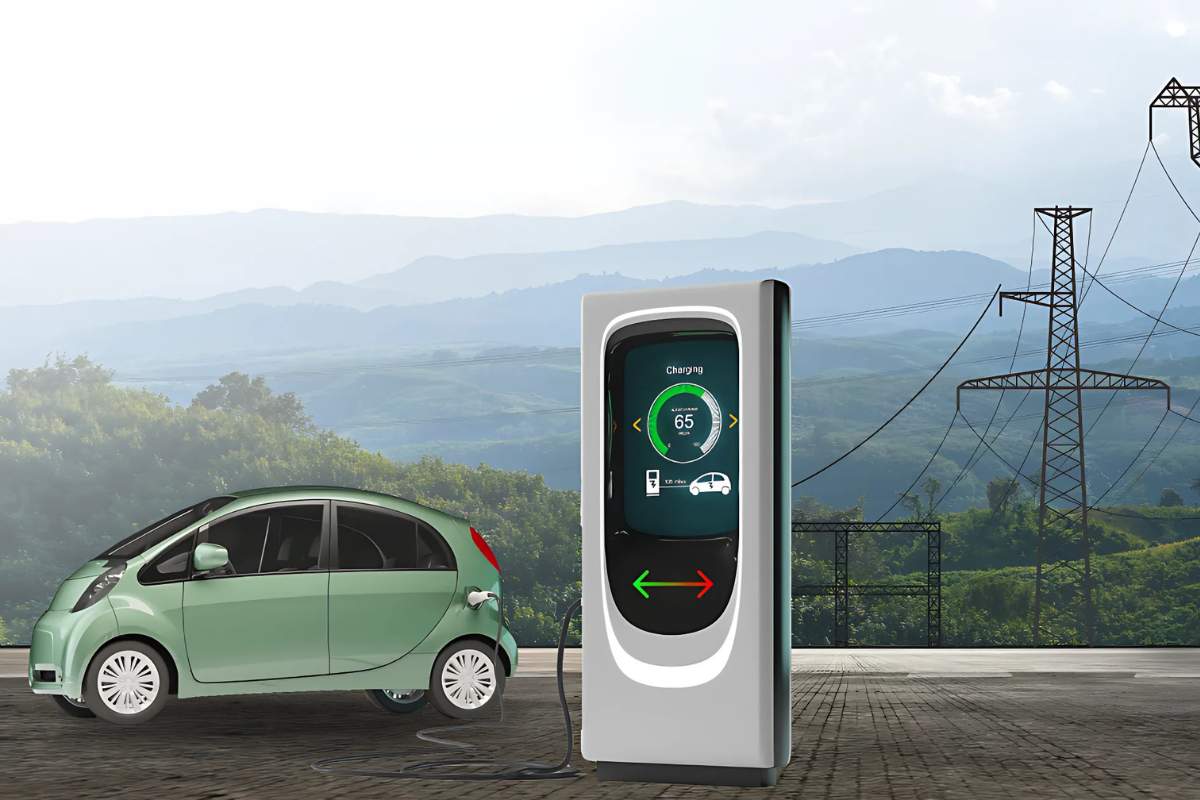

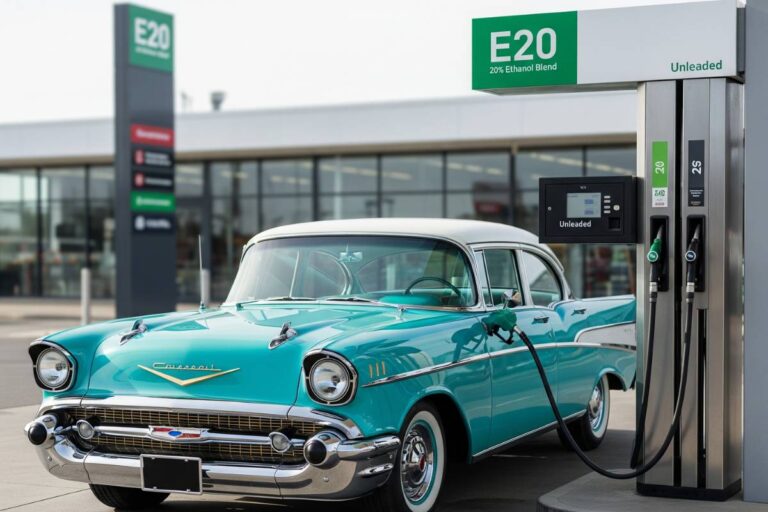
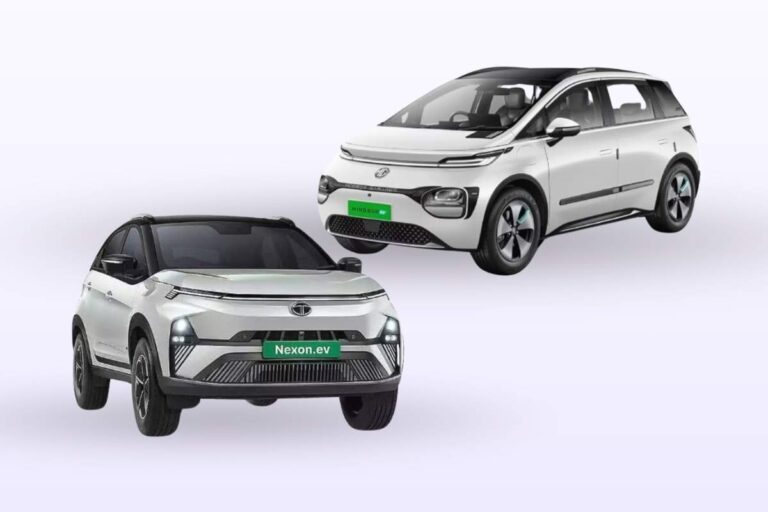

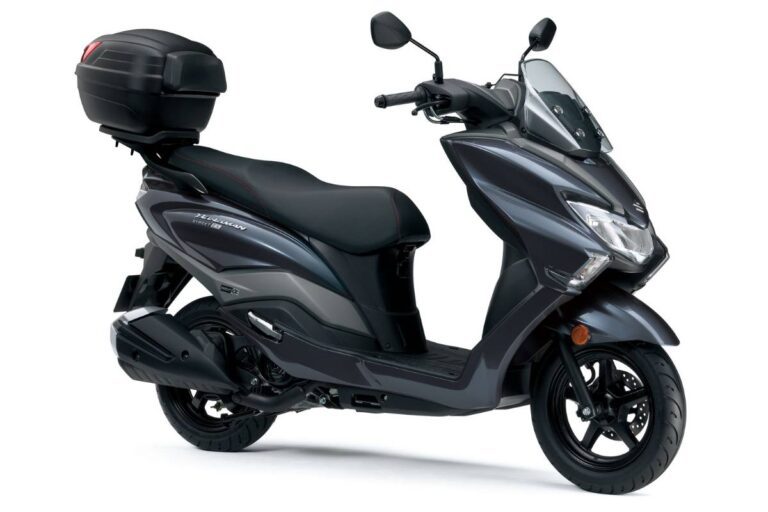

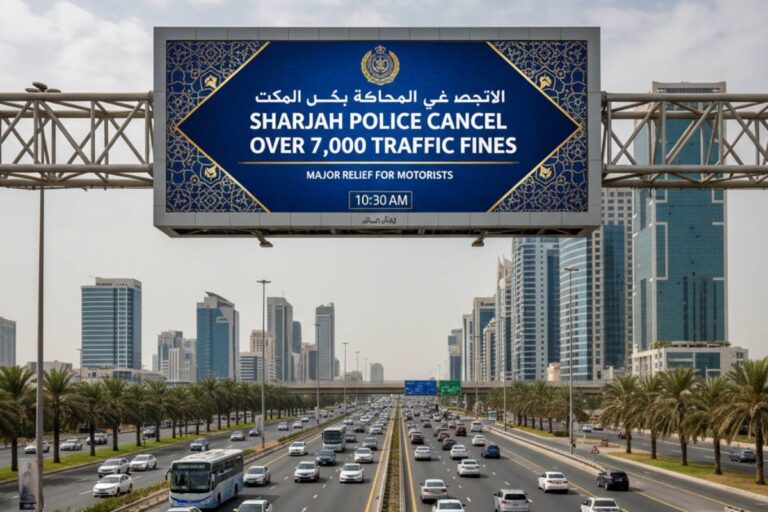
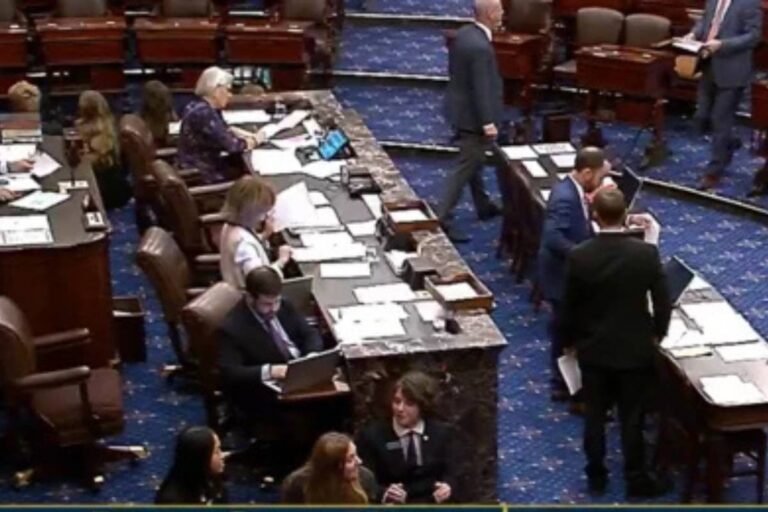
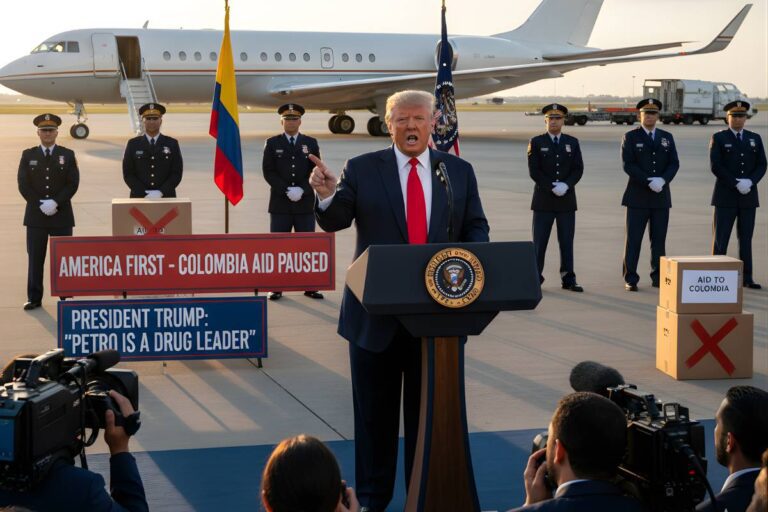

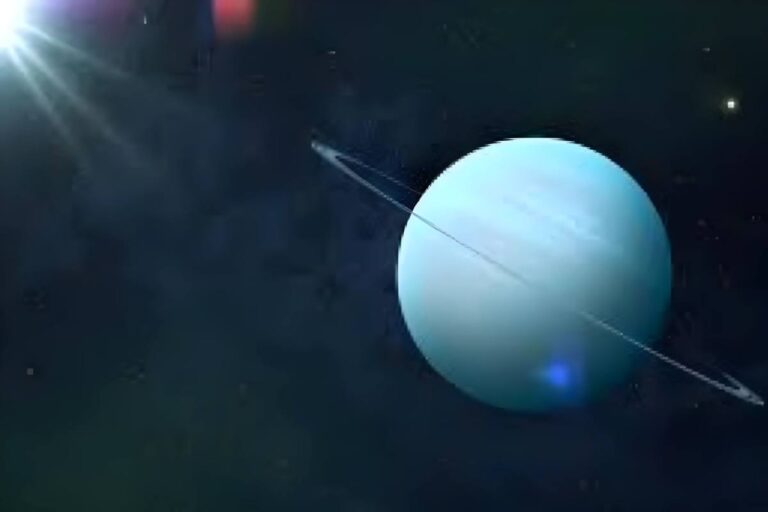
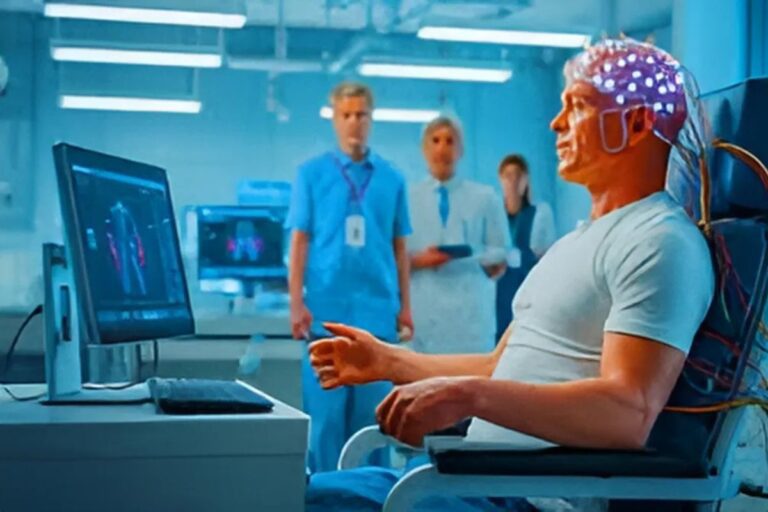
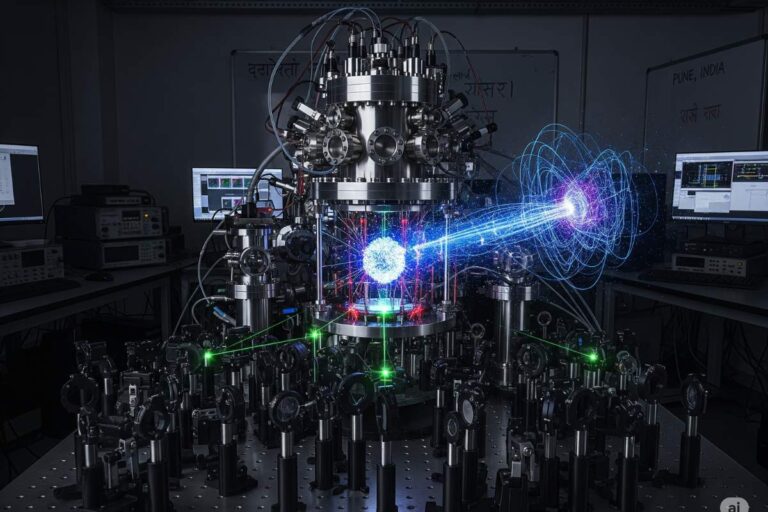




Informational
very insightful